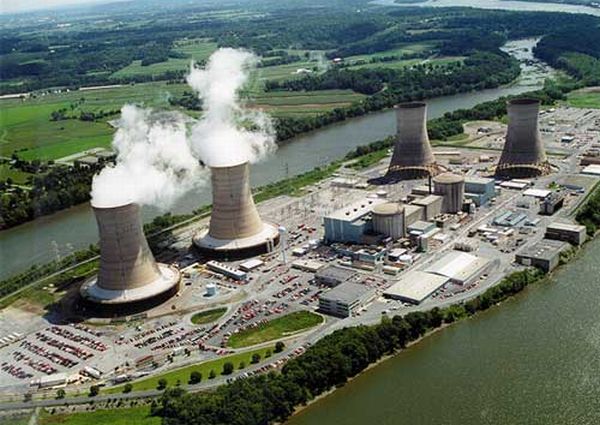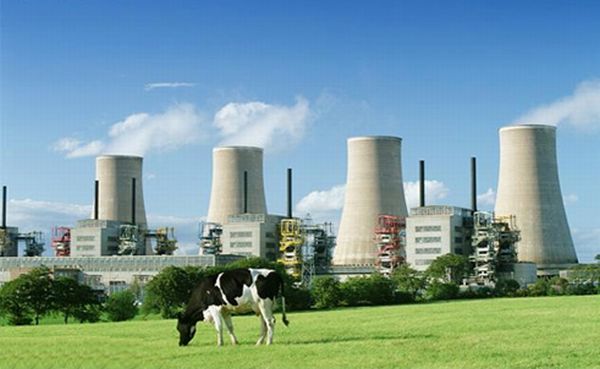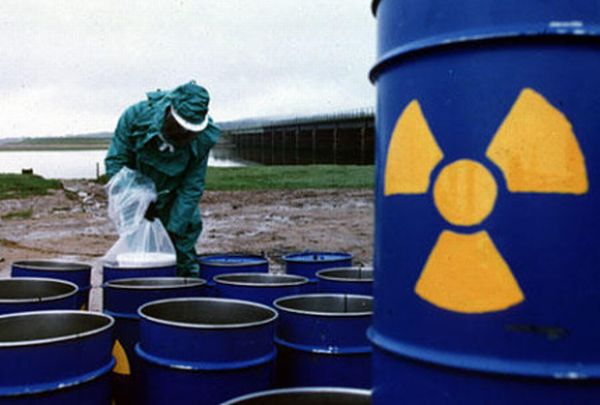
Can nuclear power be the solution to all energy problems of the world? This question has grappled stakeholders — ranging from the governments to the doubting environmentalists — all over the world. New technologies for production of energy from renewable sources have seen tremendous growth in recent times. Would it still be prudent to go ahead with the nuclear power that comes bundled with multiple risks? This is the second question that has been raised. While it would require some time to find consensual answers to these questions, the multiple issues, pros and cons, associated with the production of nuclear power have been discussed here.
The good
More efficient and carbon-free electricity

As compared to the conventional fossil fuel-based power plants, nuclear plants are more efficient and produce almost carbon-free clean electricity. Total greenhouse gas emitted during the operation of a nuclear power plant is about 1/100th of the total emission of a coal or gas-based power plant. They also do not produce pollutants like sulfur and other particulates. The overall cost involved in the production of nuclear energy is also low because even a very small amount of uranium could produce a lot of energy.
At a time when most of the countries are raising hue and cry over the availability of adequate power sources, nuclear power can reduce a country’s dependence on foreign oil and bio-fuels. This would increase the energy-independence and save the national economy from trials of ever-fluctuating international crude oil prices.
Can this be better?
Yes. New researches have shown that most problems associated with the production of nuclear power could end with the installation of more advanced and efficient fourth generation nuclear power plants. The existing uranium resources of the world can meet the total energy demand for about 50-years and the estimated reserves could power the world for almost 150 years. Apart from uranium, the vast reserves of thorium could also be used in the fourth generation plants to power the Earth for an infinite number of years.
The bad
Uranium mining and cost associated with energy generation

There are multiple problems associated with the production of uranium from mines. It is a highly radioactive element and can cause serious health problems. Existing technology for sourcing uranium from the mines is not fool proof, as nuclear accidents in Chernobyl and Fukushima have shown. This is the reason why new proposals for nuclear power plants in developing countries like India are facing stiff resistance from local population.
In addition, the establishment of a new nuclear power plant is a costly affair. It takes a huge amount of cash and diplomatic hurdles. It is almost impossible for most of the developing countries, and those who are not part of the international nuclear supplier group (NSG), to establish nuclear power plants. This is so because production of nuclear energy is a highly sensitive issue in international affairs. Any independent effort by a country for this cause is seen with extreme suspicion by others as the uranium could also be enriched for developing nuclear bombs. The controversy surrounding Iran is a recent example.
Can this be avoided?
It would take ultimate precision and planning to avoid most of the problems associated with nuclear power. While the natural accidents could not be averted through human means, it would still be unfair to not believe on human genius and invest on this future energy. The heavy costs are required only initially. Most of the power plants become profitable almost within two months of operation. As far as diplomatic issues are concerned, international community would have to prepare a mechanism so that every country could get equal opportunity for the peaceful development of nuclear power.
The ugly
Risk of catastrophe and long-lived nuclear waste

Worst part of nuclear power plants is the production of nuclear wastes, or spent nuclear fuels. High radioactivity and a long life of nuclear wastes pose a serious problem of disposal. As per the guidelines of the International Atomic Energy Agency (IAEA), these wastes should be placed in storage for 5-100 years away from the reactor, conditioned after an appropriate decay period and then stored before final disposal in a geologic repository or reprocessed after away-from-reactor storage. However, countries are still undecided about the best way to dispose the SNFs and have not prepared for deep geologic disposal.
In addition, the nuclear power plants are always susceptible to various catastrophes – natural or artificial. It is almost like sitting on a nuclear bomb. The accidents at Third mile island, Chernobyl and recently at Fukushima are the examples.
Why are we so critical?
We are critical because it has now become an interesting dilemma. The pros and cons of nuclear power have become the most debated issues among environment groups and governments of the world. Still no consensus has been achieved.
The bottom line
Equal development of every region of the world would be possible only by continuous availability of power. It is necessary not only for a healthy life but because it fuels human creativity in this age of technology. Nuclear power provides hope for an unlimited supply of electricity. It also provides a solution for all fuel-related emissions. What we need today is not controversies but research for solving the minor problems associated with the production of nuclear power.




